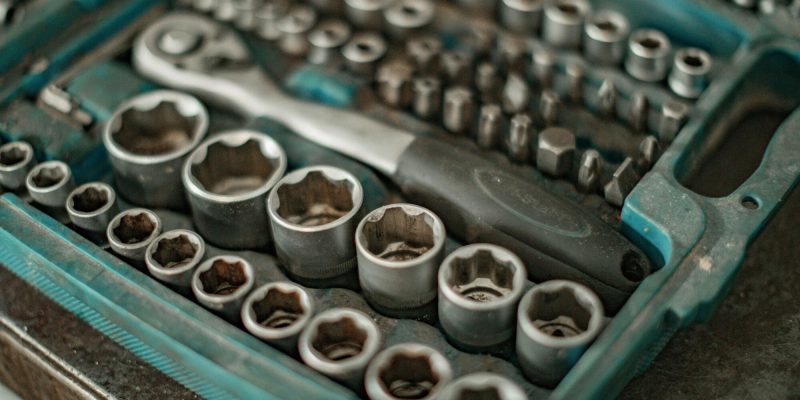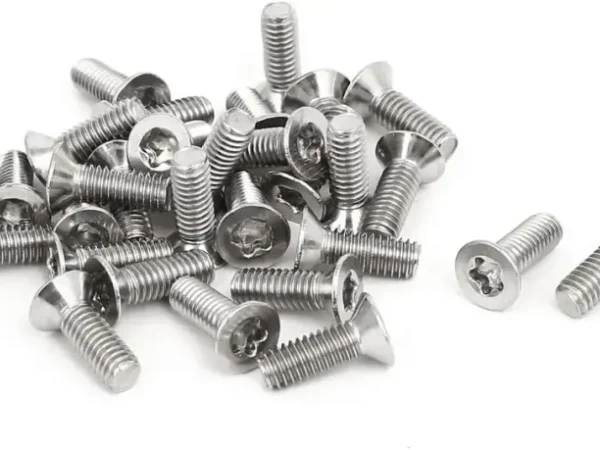Efficiently organizing and optimizing your Paintless Dent Repair (PDR) tool kit can significantly enhance your productivity, reduce repair times, and improve the overall quality of your work. Whether you’re a seasoned professional or just starting out, having a well-organized tool kit is crucial.
In this blog post, we will explore practical tips and strategies to help you get the most out of your PDR tool kit. Keep on reading to learn more.
Why Organize and Optimize Your PDR Tool Kit?
It is essential that your PDR tools are ready for any kind of repairs at all times. Here are some examples of why it is important to organize and optimize them:
Time Savings
A well-organized tool kit reduces the time spent searching for the right tools, enabling you to focus more on the repairs themselves. This means faster turnaround times for customers and more jobs completed in a day.
Improved Efficiency
When your tools are organized and easily accessible, you can work more efficiently. This not only speeds up the repair process but also minimizes the risk of errors and rework.
Professionalism
An organized tool kit reflects professionalism and attention to detail. It shows clients that you take your work seriously, which can enhance your reputation and lead to more business opportunities.
Steps to Organize Your PDR Tool Kit
There are several steps you can take to organize your PDR tool kit. Here are the necessary steps that you need to follow:
1. Assess Your Tools
Before you start organizing, take an inventory of all the tools you have. This includes rods, hammers, glue-pulling kits, lights, and any other accessories. Identify tools that you use frequently versus those that are rarely used. This will help you prioritize which tools should be more accessible.
2. Categorize Your Tools
Group similar tools together. For example, place all rods in one section, hammers in another, and glue-pulling kits in another. This categorization makes it easier to find what you need quickly.
3. Use Tool Trays and Organizers
Invest in tool trays and organizers specifically designed for PDR tools. These trays often come with compartments that can hold various tools securely. This prevents tools from shifting around during transport and keeps everything in its place.
4. Label Everything
Labeling is an often-overlooked step that can make a huge difference. Use clear, durable labels to mark each compartment or tray. This helps you quickly identify where each tool belongs, making it easier to put them back after use.
5. Keep Frequently Used Tools Accessible
Place the tools you use most often in easily accessible locations. This might mean keeping them in the top drawers of your tool chest or in specially designated areas of your tool tray. The less time you spend reaching for these tools, the faster you can complete repairs.
6. Maintain Cleanliness
A clean tool kit is an efficient tool kit. Regularly clean your tools and the compartments they reside in. This not only extends the life of your tools but also ensures that you can see and access them quickly when needed.
Optimizing Your PDR Tool Kit
Proper optimization ensures efficient results. Here are some ways how you can optimize your PDR finesse tools:
1. Invest in Quality Tools
High-quality tools may come with a higher upfront cost, but they are worth it in the long run. They are more durable, perform better, and can handle frequent use without breaking down. Investing in quality tools can save you money and time in the long run.
Consult an expert on where you can find the best PDR tools for your business or your project. This can ensure that you will be able to have access to the best. If you are looking for some help, come and check out these Tools for PDR.
2. Upgrade to Multi-Function Tools
Consider upgrading to multi-function tools that can perform multiple tasks. This reduces the number of tools you need to carry and can make your tool kit more streamlined and efficient.
3. Regularly Review and Update Your Tool Kit
The world of PDR is always evolving, with new tools and techniques emerging regularly. Stay updated with the latest advancements and periodically review your tool kit to see if there are any new tools that could enhance your efficiency.
4. Train and Educate Yourself
Even the best tools are useless if you don’t know how to use them properly. Invest time in training and education to ensure you are fully utilizing the capabilities of your tools.
Attend workshops, watch tutorial videos, and read up on the latest PDR techniques. Make sure that you are able to practice using your tools regularly.
5. Optimize for Mobility
If you frequently travel to different job sites, consider optimizing your tool kit for mobility. Invest in a durable, portable tool chest or bag that can easily be transported. Ensure it has wheels and a sturdy handle for easy maneuvering.
6. Implement a Tool Management System
Consider implementing a tool management system that helps track the usage and location of your tools. This can be as simple as a checklist or as advanced as a digital tool tracking software.
Knowing where your tools are at all times can prevent loss and ensure you always have what you need. It can also help you avoid any problems later on.
Ensure Maximum Efficiency in Your PDR Tool Kit
Organizing and optimizing your PDR tool kit is not just about neatness; it’s about improving your workflow, increasing efficiency, and providing better service to your customers. By following these steps, you can create a tool kit that not only meets your needs but also enhances your overall performance.
Remember, the key to a well-organized tool kit is regular maintenance and continuous improvement. Keep assessing, organizing, and optimizing your tools to stay at the top of your game. And if you need further assistance or professional advice, don’t hesitate to reach out to experienced PDR professionals or join a community of like-minded individuals.
Happy repairing!
For more topics similar to this article, visit the rest of our blog!













